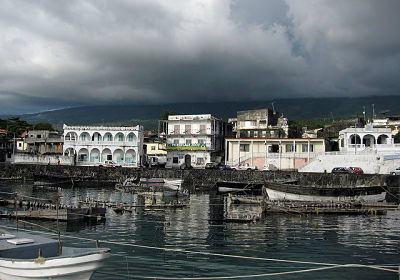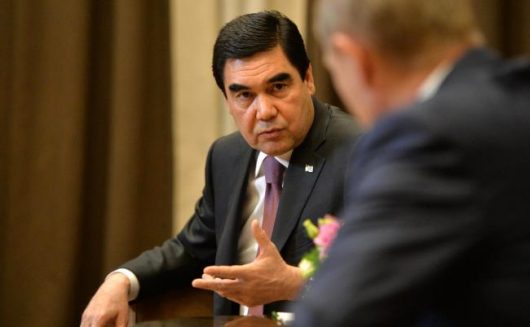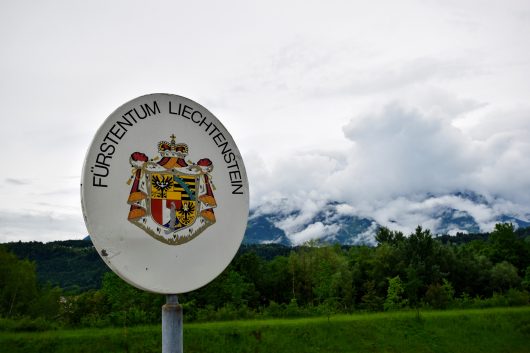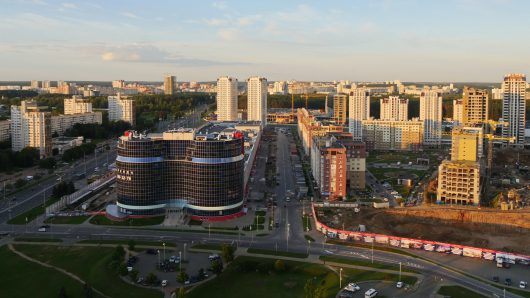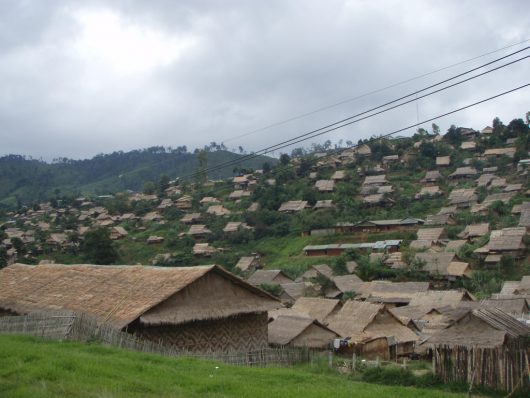 A Brief History:
A Brief History:
A refugee is often defined as a person seeking asylum in a country other than the one of their origin, either because they seek better economic prospects or due to political instability in their home nation.
The country of St Lucia is a Caribbean nation, which is home to numerous refugees. St Lucia has a gorgeous landscape, tropical weather and an incredible culture. These facts are one of the reasons why St Lucia has become a primary destination for many migrants. The purpose of this article is to explain 10 facts about refugees from St Lucia.
The 10 Facts:
- In 2014, St Lucia was home to over 922 refugees from countries all around the world. Migrants come to St Lucia because of its generous social welfare programs, stable political system and booming economy.
- The refugee camps in St Lucia have done significant work in increasing the immunization rate for many of the migrants living in the nation. The immunization rate for DPT and measles is 99 percent and 97 percent respectively.
- Having a child while in a St Lucia refugee camp is not a risky proposition for many migrants living in the nation. The lifetime risk of maternal death is .0912 percent for the refugees living in St Lucia. This statistic is due to 96.9 percent of pregnant female refugees receiving prenatal care.
- Although having a child while a refugee in St Lucia may not be risky, many women in these migrant camps are having children at a very young age. Around 53.42 out of every 1,000 female refugees under the age of 19 have had a child.
- About 92.2 percent of children born to refugees in St Lucia are registered at birth. This high rate of registration allows the camps to ensure these children get the proper care to maintain their health.
- Due to the large quantity of refugees’ children registered here, the children born in these regions are treated very well. Only 2.5 percent of children growing up in these refugee camps suffer from malnutrition. This low rate is due to the incredible social programs available for these migrants at the camps in St Lucia.
- The likelihood of a refugee in St Lucia being overweight is very small. Currently, the rate of being overweight as a migrant rests at 6.3 percent. Having a healthy body weight reduces the chance of prolonged illness and other diseases.
- The life expectancy for refugees in St Lucia is also very high. Men, on average, live until they are 72.54 years old and women are expected to live until they are 77.96 years old.
- Men who are refugees in St Lucia have a very high chance of living until the age of 65. Currently, this rate rests at 74.23 percent.
- The majority of the population of refugees in St Lucia tends to be young. Currently, only nine percent of these migrants are over the age of 65.
The Takeaway:
Although the migrant crisis continues all throughout the world, refugees in St Lucia often have a high quality of life. High immunization rates, intensive social programs and registration at birth allows for the nation to ensure its migrant populations have the best chance at a higher quality of life. The work that St Lucia has done in its refugee camps should be something all other nations housing migrants should attempt to emulate.
– Nick Beauchamp
Photo: Flickr

 Preceding the 2016 Rio Olympic Games, the
Preceding the 2016 Rio Olympic Games, the 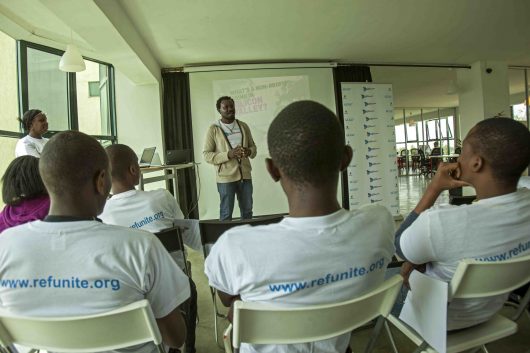 Today, web and cellphone apps are being used by billions of people around the world. With so many applications being free there is an increased number of people who can access them. Today new apps are being created in order to help those who are in distress, such as refugees. Here is a list of just three new apps of this year that are helping refugees translate, gain access to information and connect with their families.
Today, web and cellphone apps are being used by billions of people around the world. With so many applications being free there is an increased number of people who can access them. Today new apps are being created in order to help those who are in distress, such as refugees. Here is a list of just three new apps of this year that are helping refugees translate, gain access to information and connect with their families.